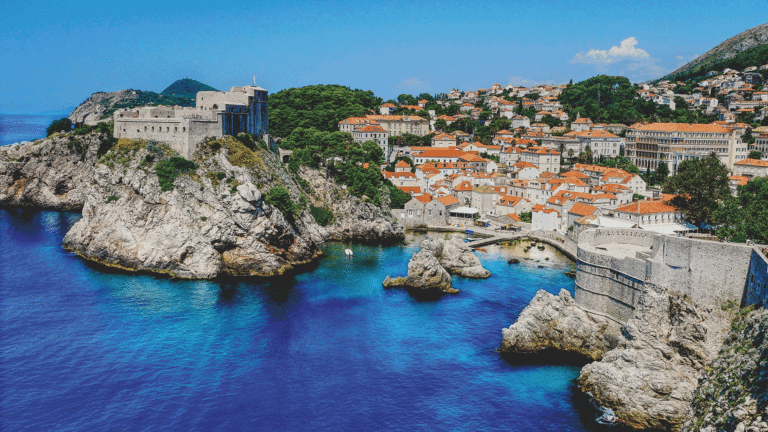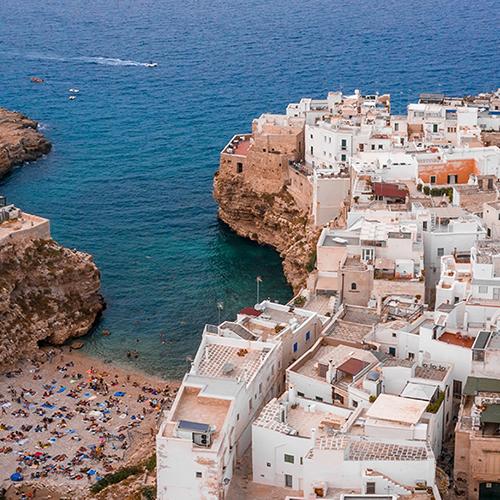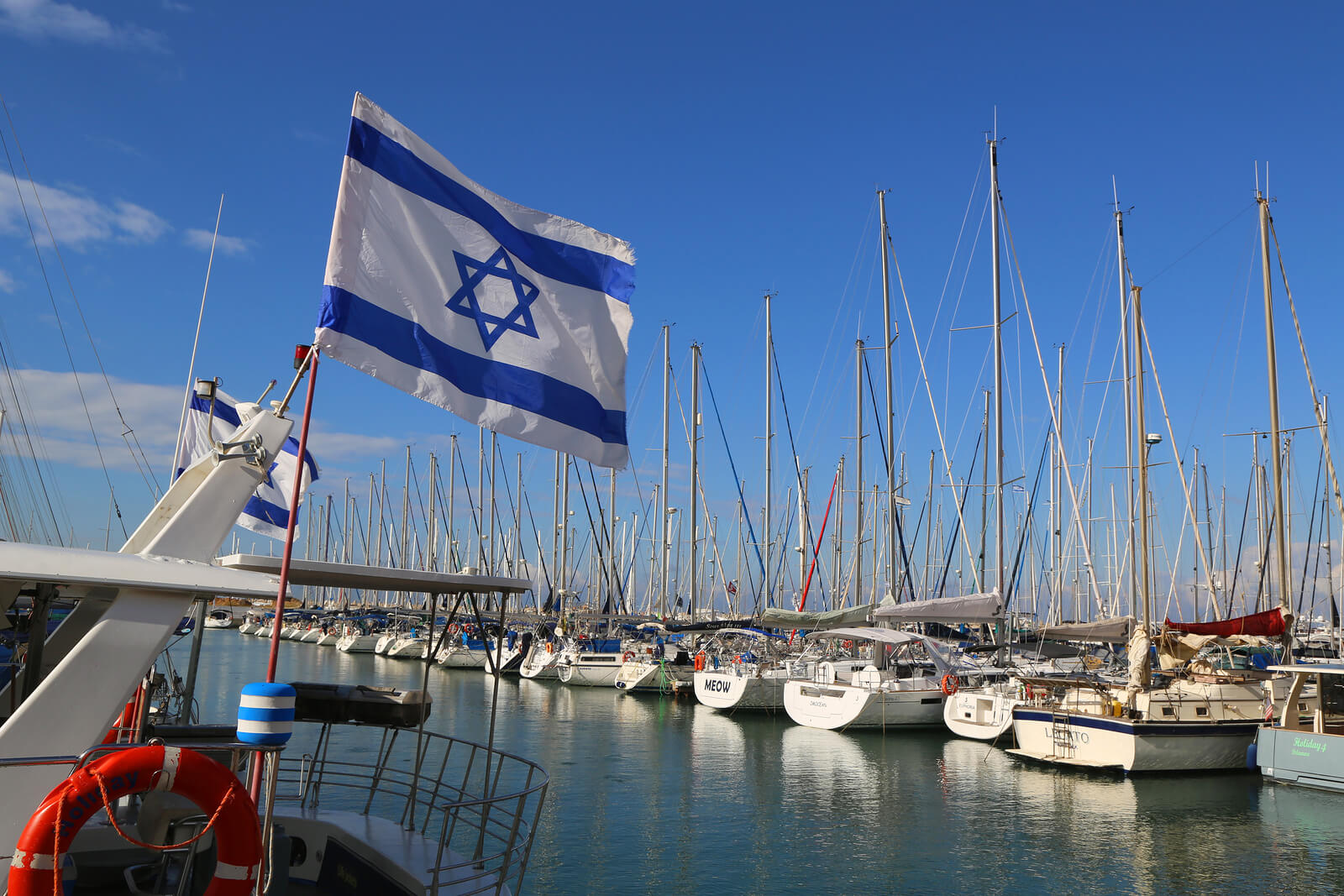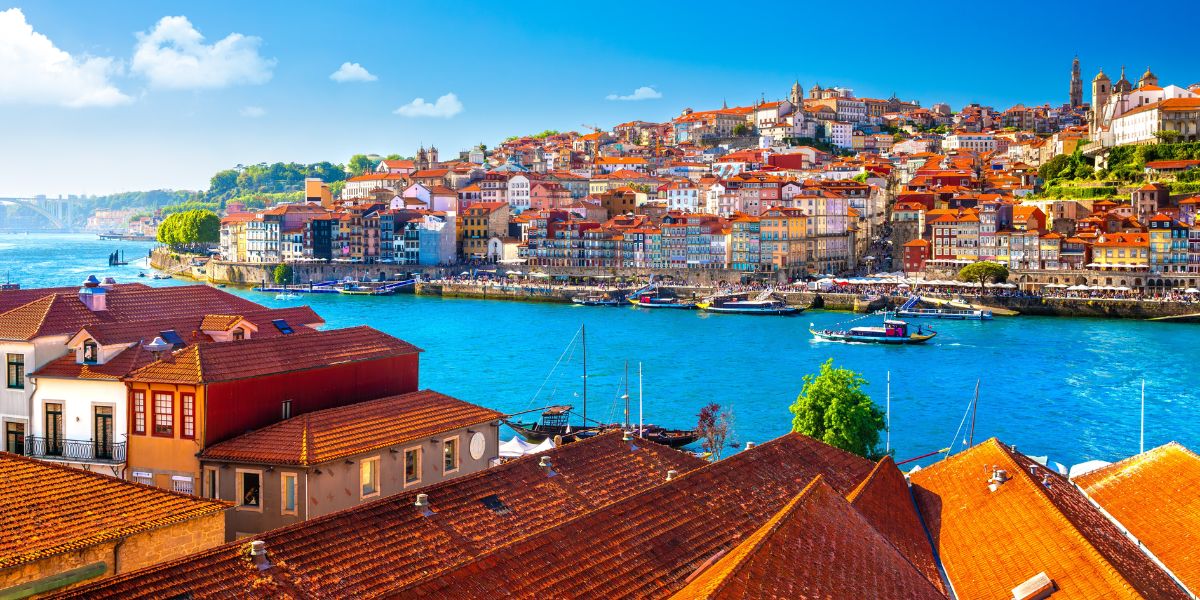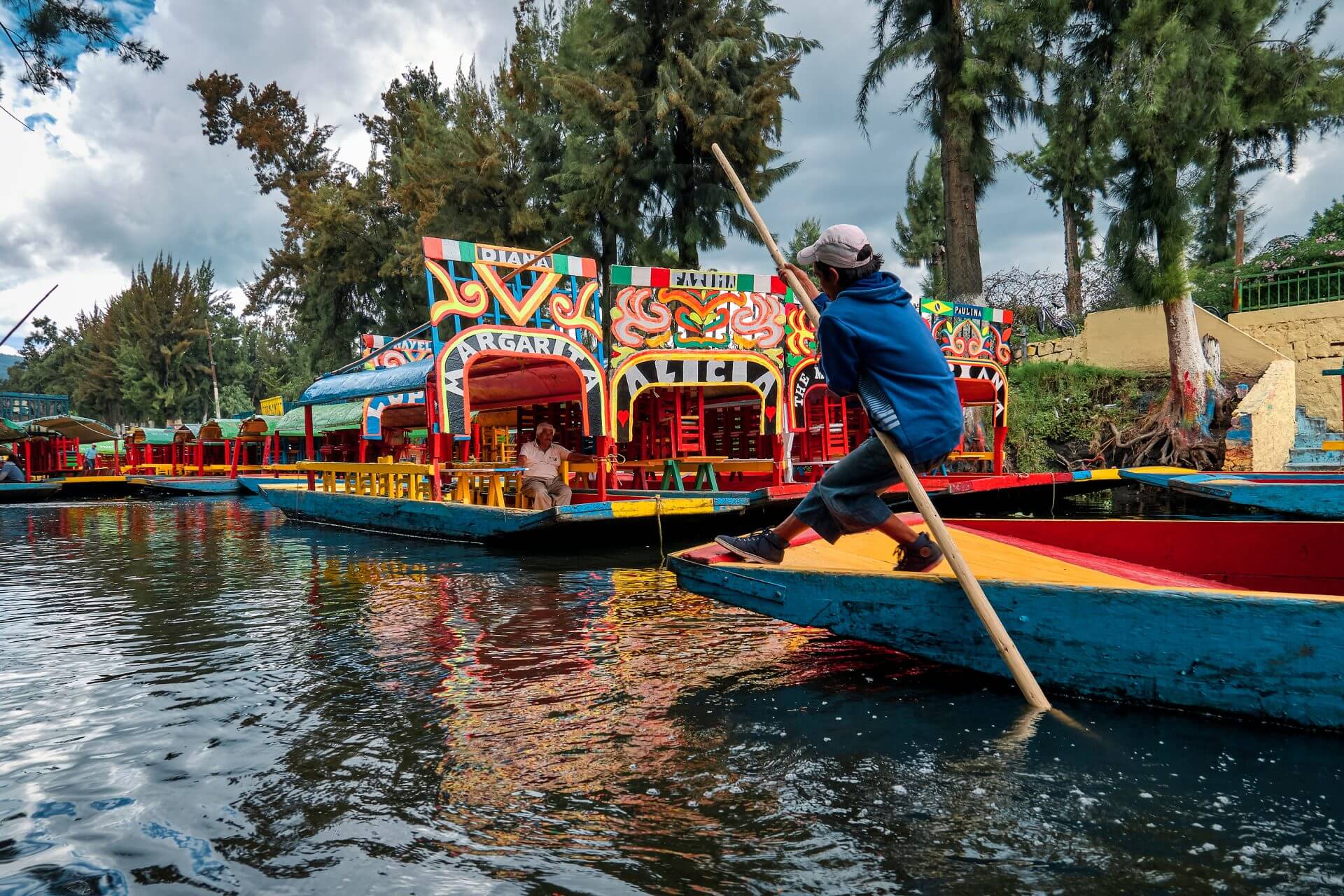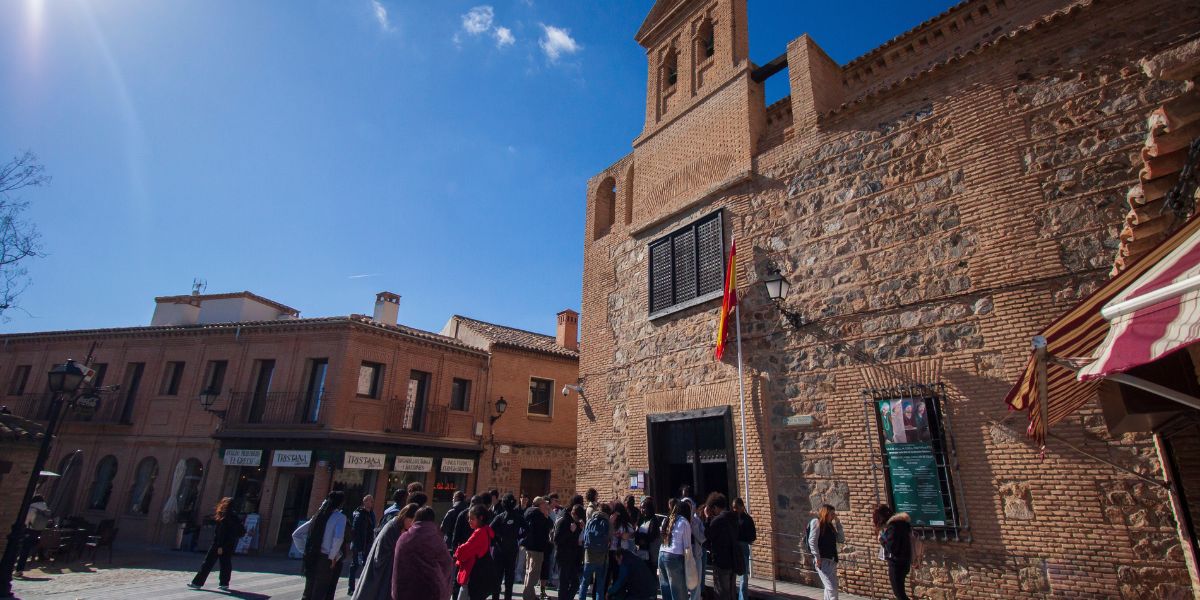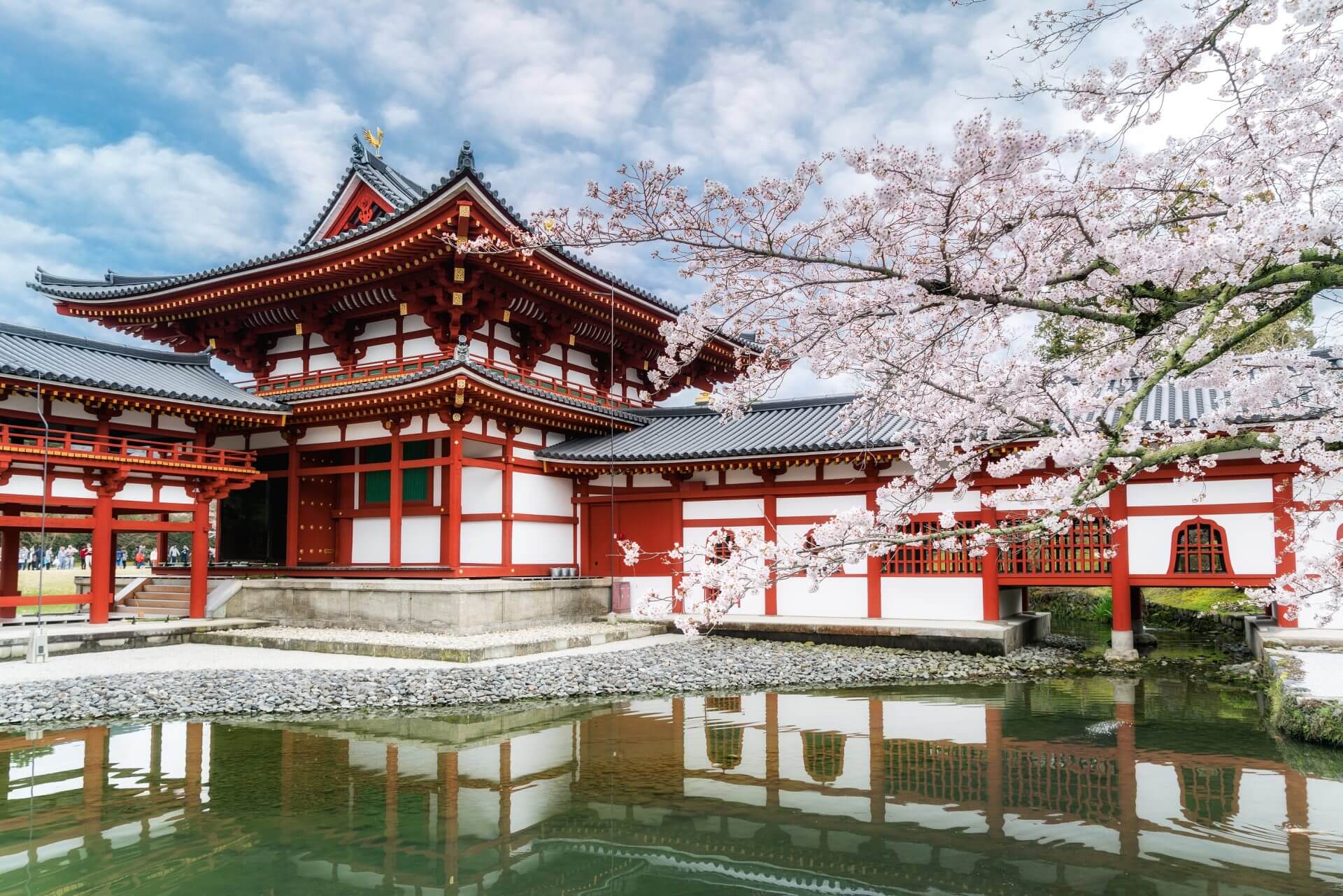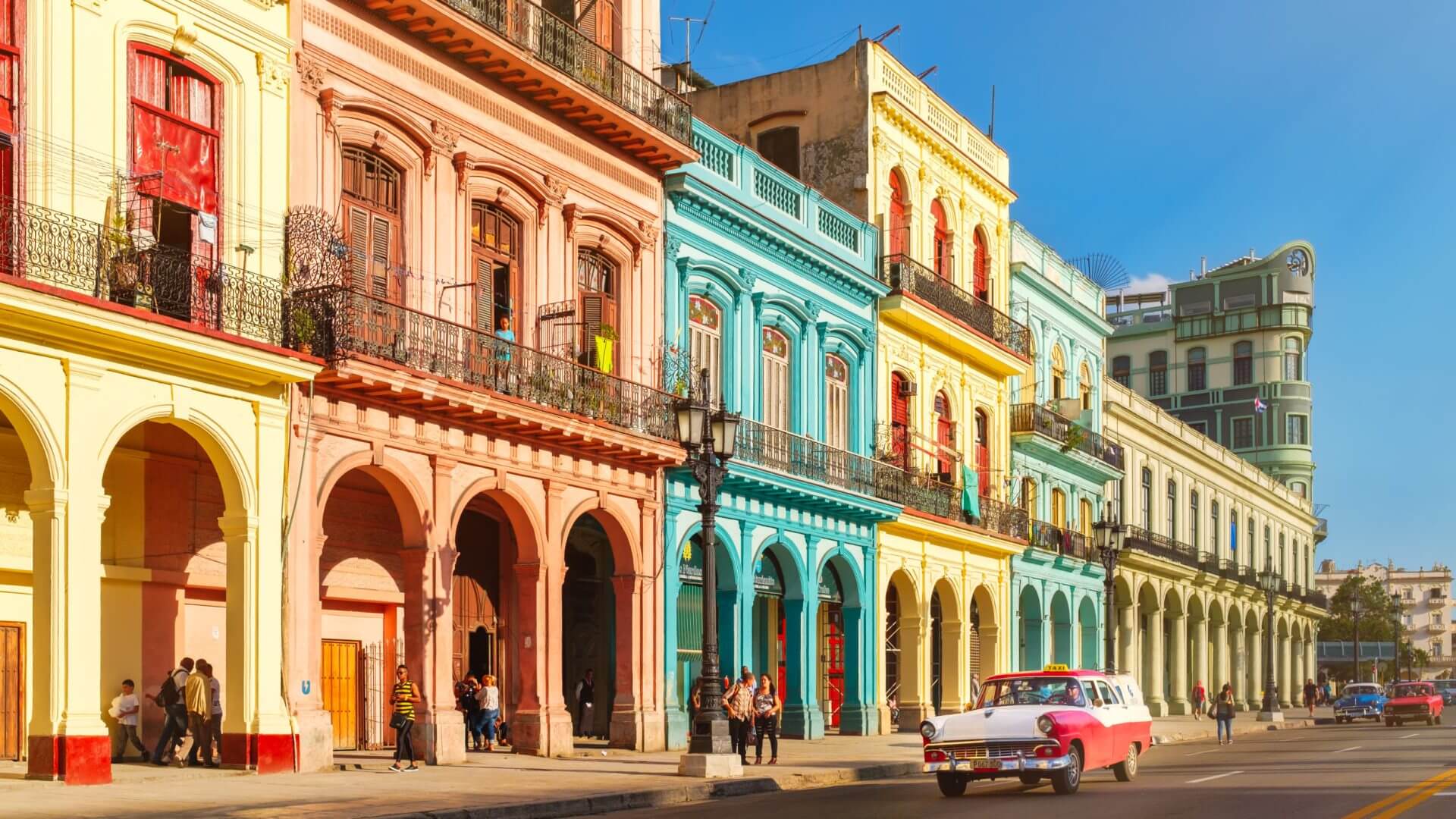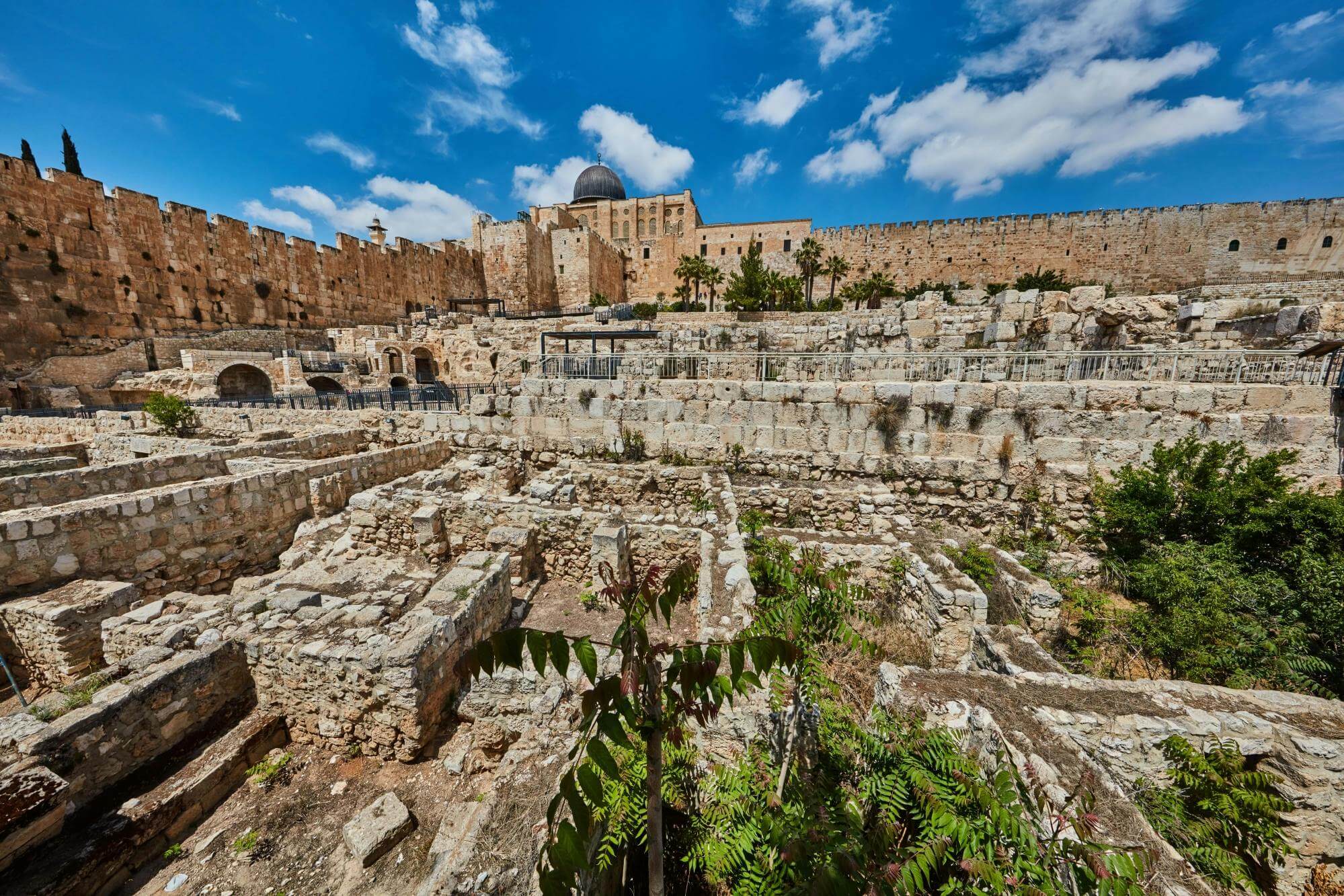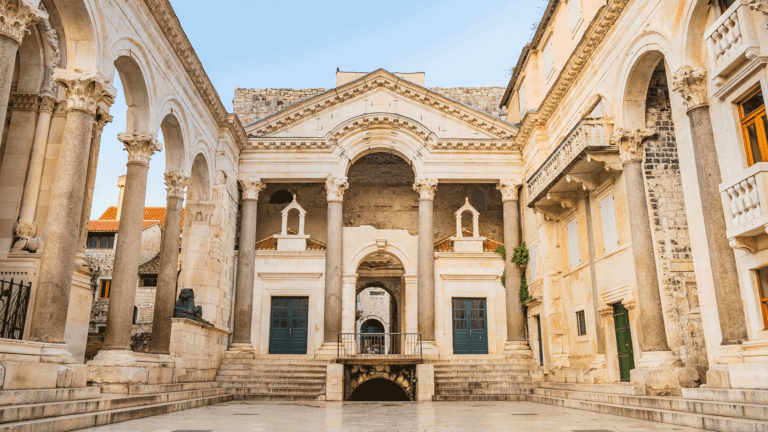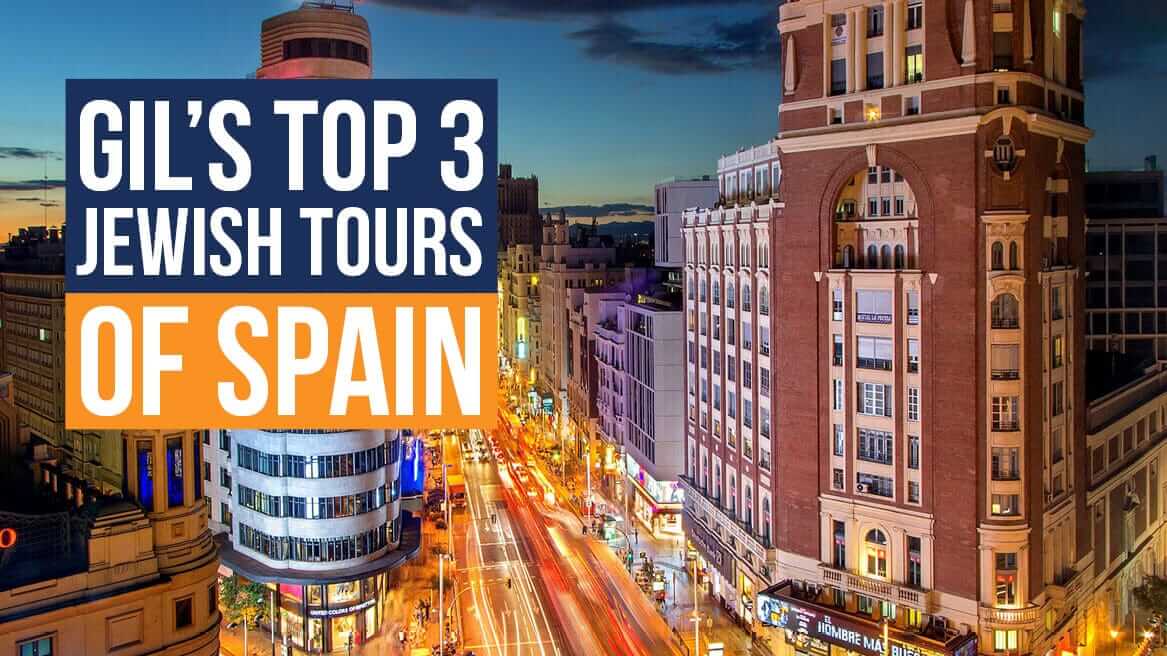
Gil takes pride in being the number one travel management company for Jewish Heritage tours and Jewish-related travel, offering guided tours all across the world for more than forty years. One of many fantastic countries where Gil will gladly take you on is a Jewish tour of Spain. Thanks to the knowledgeable guides, you can have an entertaining and greatly meaningful journey, gaining a deep understanding of the rich Jewish heritage and culture, local communities’ history in different regions of Spain, and even learn about the daily life of local Jews, all while visiting the oldest synagogue in Spain. Let’s check out a few places in mesmerizing Spain that tell the story of its Jewish people.
Barcelona
There is some evidence that Jewish communities lived in Barcelona since the Roman times. However, the pogroms started in the 14th century, and it wasn’t until the mid-20th century that Jews started returning to Spain. Barcelona remains a significant part of Jewish history. When you come to the city, you’ll take a walk through the magnificent Gothic Quarter, home to a variety of architectural styles, historic streets, old palaces, and churches. This is the place where Jews have lived for centuries and where you can have a Shabbat dinner with a local Jewish community.
Unfortunately, not many elements remain in El Call – the medieval Jewish Quarter, but you will hear these people’s story, see the major and the minor Calls, the possible location of the mikvah, and the Hebrew tombstones embedded in the walls of various buildings. All synagogues were lost in the pogroms, but one was restored – the former Sinagoga Major, possibly dating all the way back to the Roman times! You’ll also see El Centre d’Interpretació del Call, as well as the Museum of History of the City, which is famous for its Roman ruins. Interestingly, there are also Jewish inscriptions in the ruins. This is not the end as there are many more things to see, such as the Jewish artifacts in the Royal Palace, the Montjuïc Hill with two Jewish memorials, and the cemetery in the district of Les Corts.
Madrid
It is presumed that the first Jews settled in Madrid in the 9th century, even though the earliest historical records date back to 1053. The community flourished but was forced to live in the Jewish quarter, known as ‘judería’. In 1085, the old judería was created with about twenty houses, located near the present-day Teatro Real opera house and Calle del Arenal. Their cemetery was attached to the quarter, situated where today stands Plaza de Oriente. After the Black Death, three centuries later, the Jews community was forced to move to the new judería – today the site of La Almudena Cathedral. According to scholars, there was a synagogue where the Church of San Lorenzo stands today, while the burial site excavated near Calle del Salitre might be a Jewish cemetery.
In 2007, on the 90th anniversary of the opening of Madrid’s first synagogue after the Spanish Inquisition, the city’s Jews opened the History Museum of the Jewish Community of Madrid. It is home to pictures, documents, and publications with information on Jews in Madrid and in Spain, including records of the return of Jews to the Iberian Peninsula four centuries after expulsion. While here, you’ll also visit the Cañete Palace, home to the Sephardic-Israeli Centre, with a monument of Jewish Queen Esther in the garden, and you’ll see the monument in El Retiro Park dedicated to Doctor Ángel Pulido Fernández who fought to strengthen the ties between the Sephardic community and Spain. Finally, you’ll visit the Holocaust Memorial situated in the Garden of the Three Cultures in Juan Carlos I Park.
Day Tours: Toledo, Granada, and Seville
There are many day tour options to choose from while in Spain, but Toledo is definitely worth going to. While there, you’ll visit the Jewish Quarter where the Jewish community lived in the Middle Ages, and where it has co-existed for centuries with Muslims and Christians. This is how the city got its nickname: the city of three Cultures. You’ll also have a chance to see San Juan de Dios Street where Samuel Ha-Levi resided, the treasurer of the king Peter of Castile and the founder of the 14th-century El Tránsito Synagogue, which today houses the Sephardic Museum. Finally, you’ll visit the beautiful Synagogue of Santa María la Blanc that today also serves as a museum.
Make a stop in Jaén and visit Juderia, the historical center of the old city, and the Old Jewish Quarter. Then continue to Granada, where you’ll visit Museo Sefardi de Granad and walk the path of Jewish ancestors, learning about their history in this city. You’ll also wander through the charming Jewish Quarter of Córdoba and visit the wonderful Casa de Sefarad, home to Judeo-Spanish culture, history, and traditions. Finally, in lovely Seville, you’ll visit the museum Centro de Interpretación de la Juderia and take a walk through the Jewish District situated around the Cathedral of Seville, on the cobbled streets of Barrio de Santa Cruz, and through the many hidden passageways framed with orange trees.
